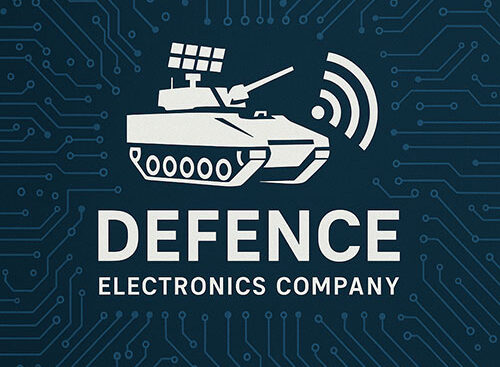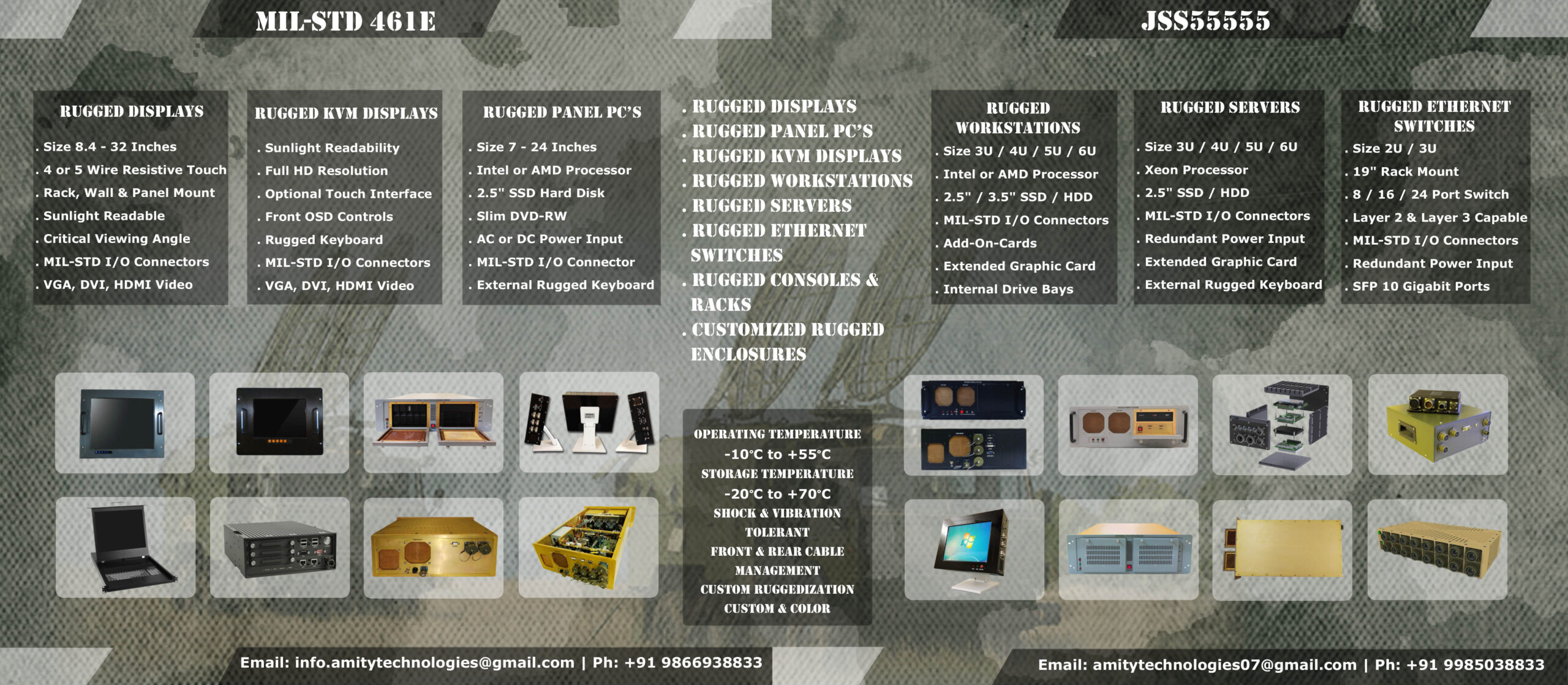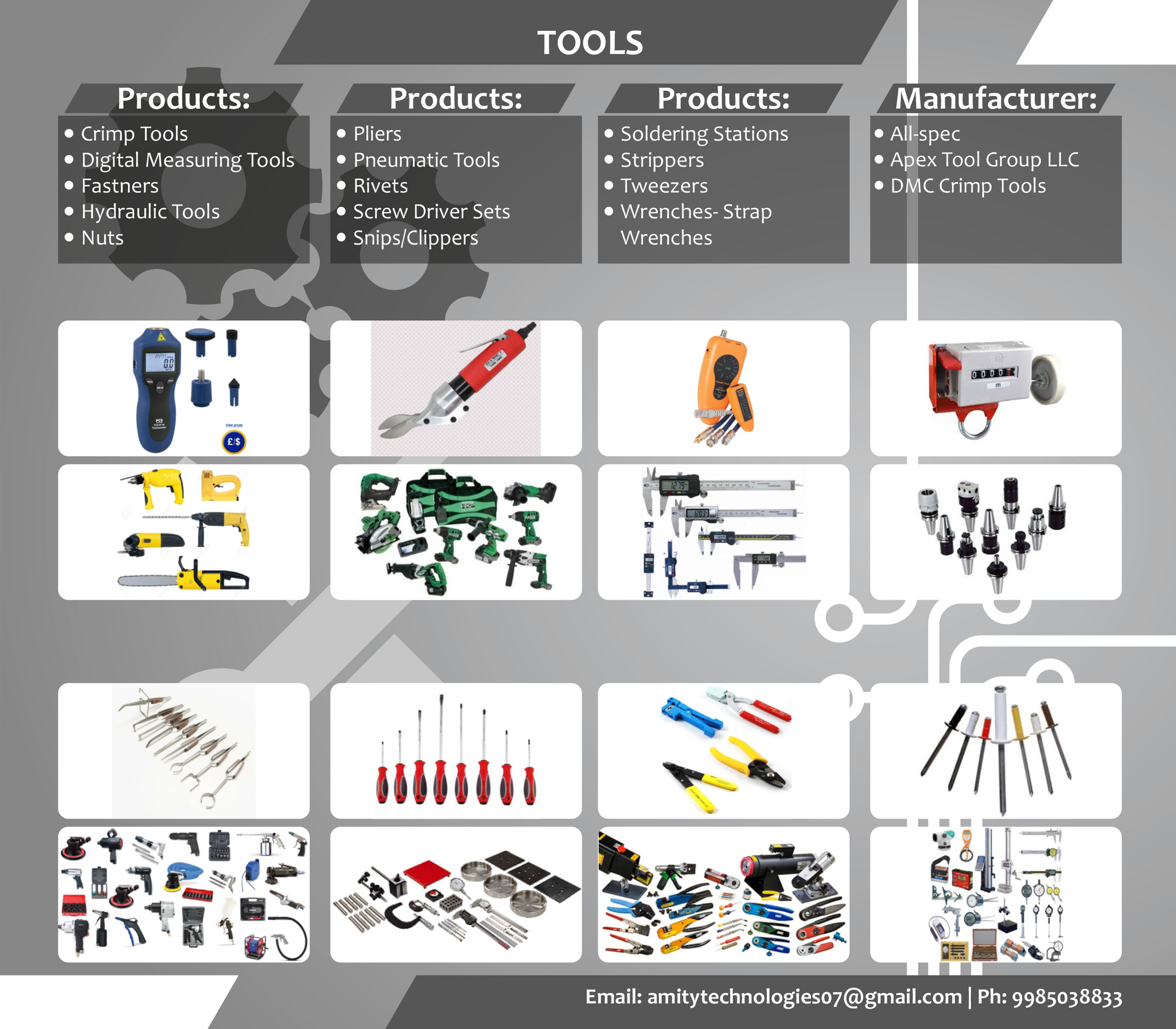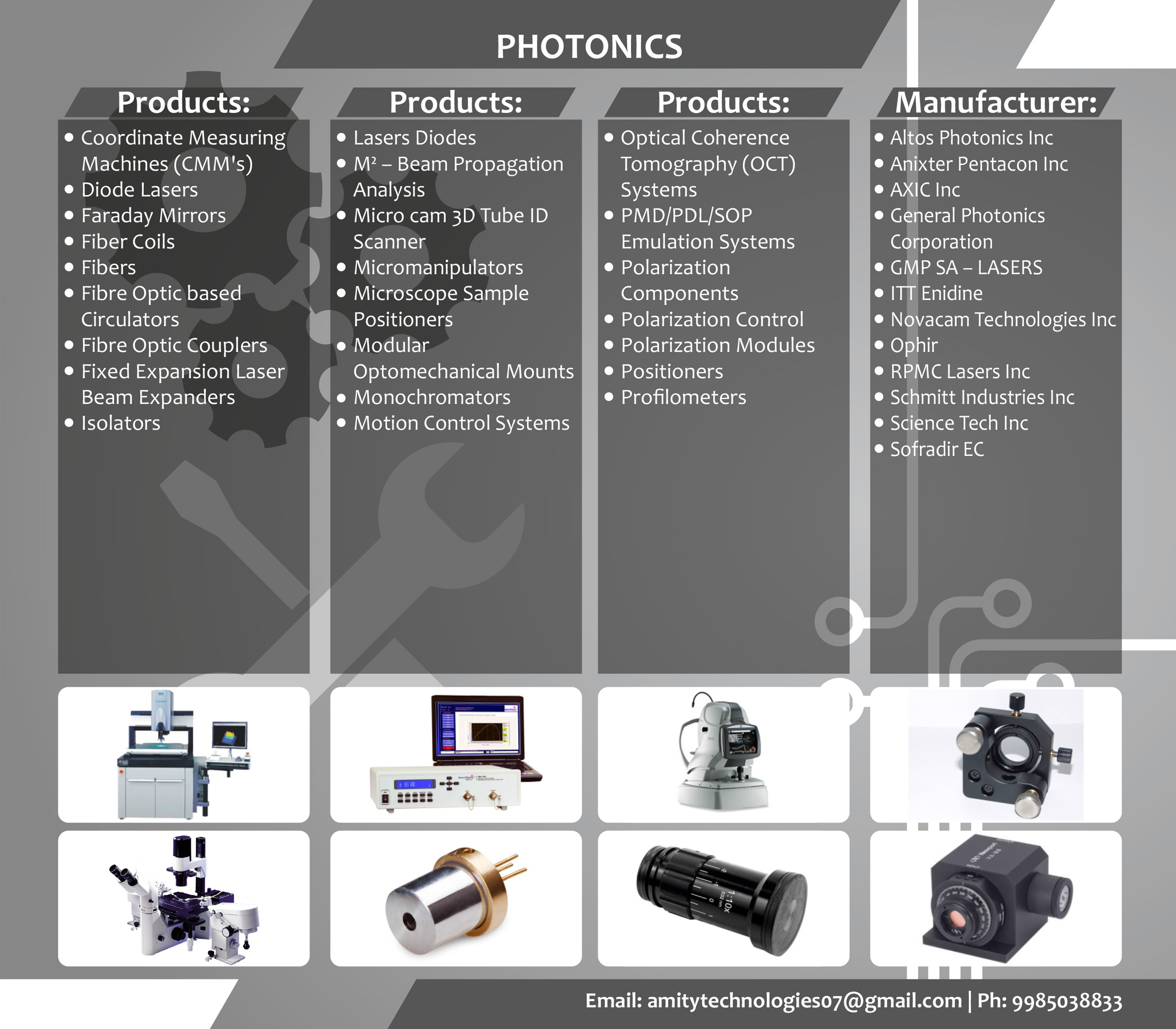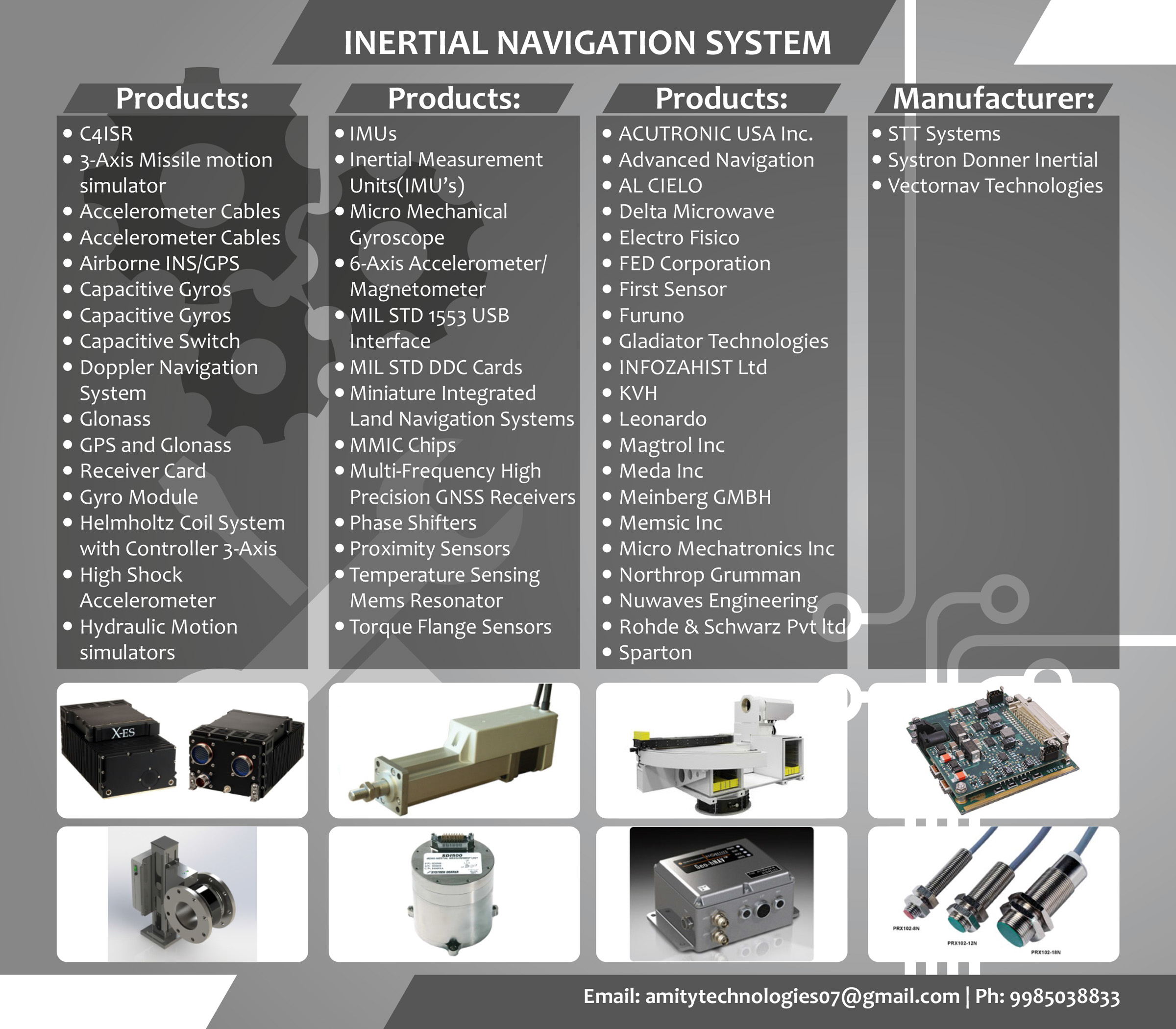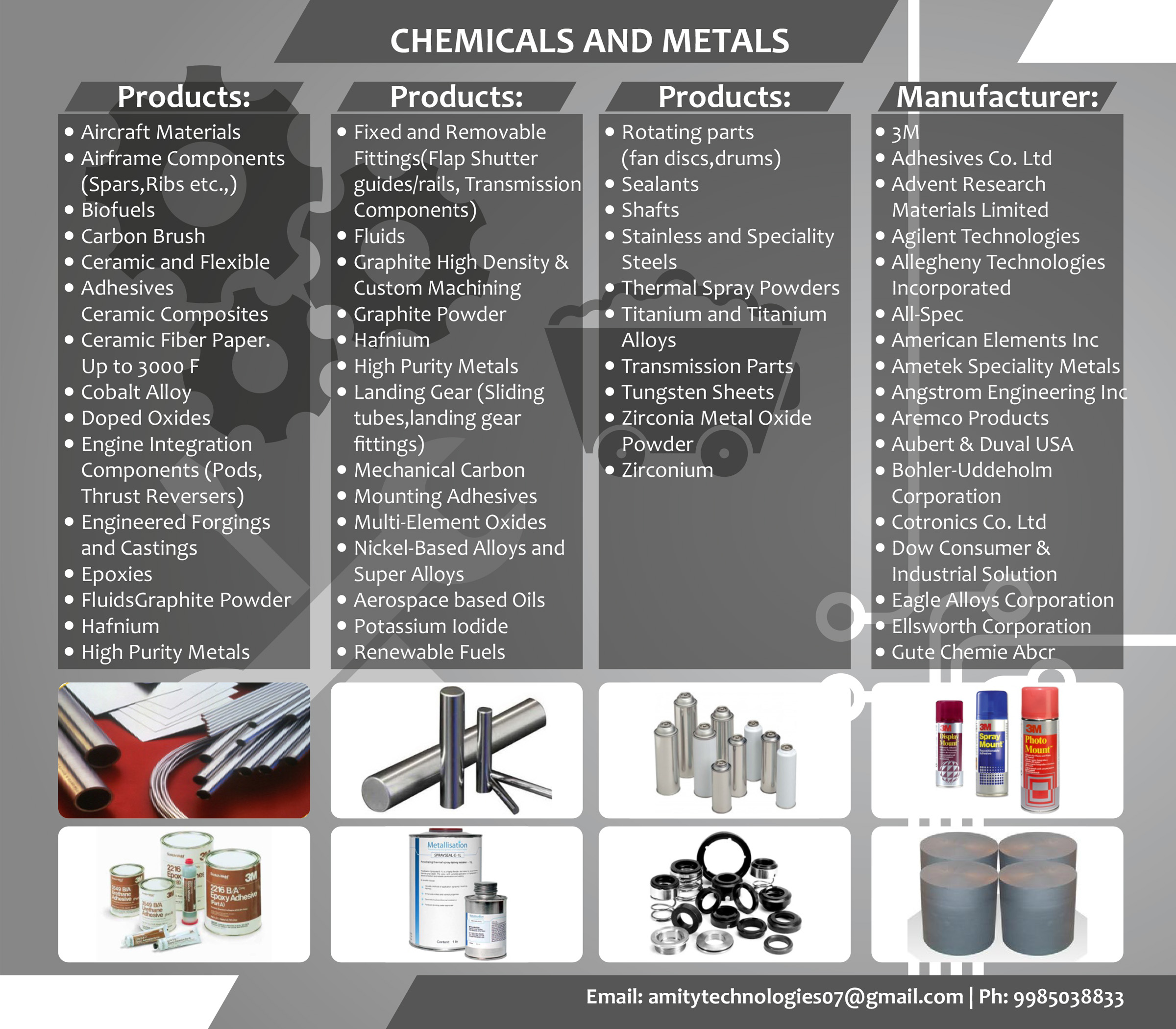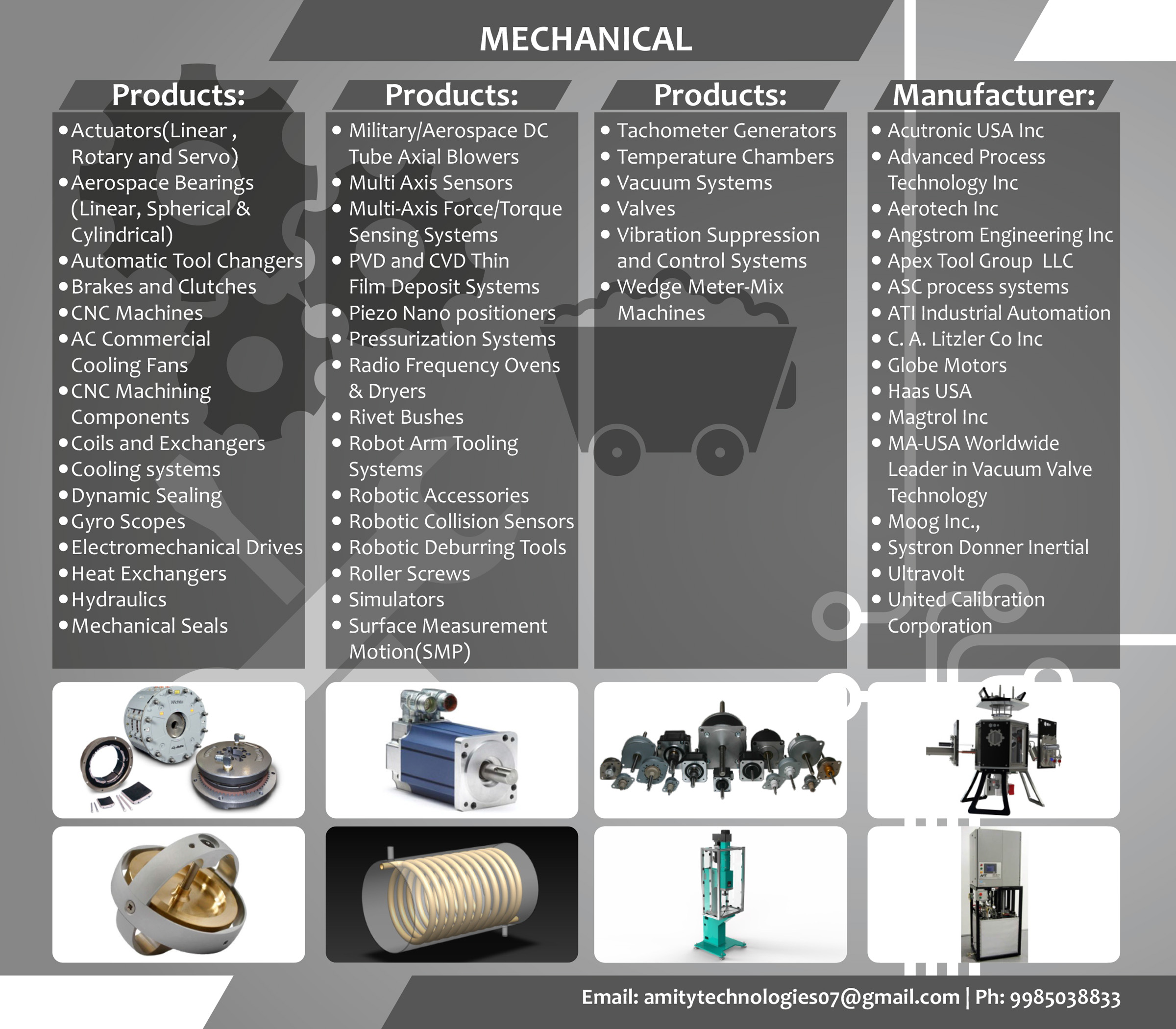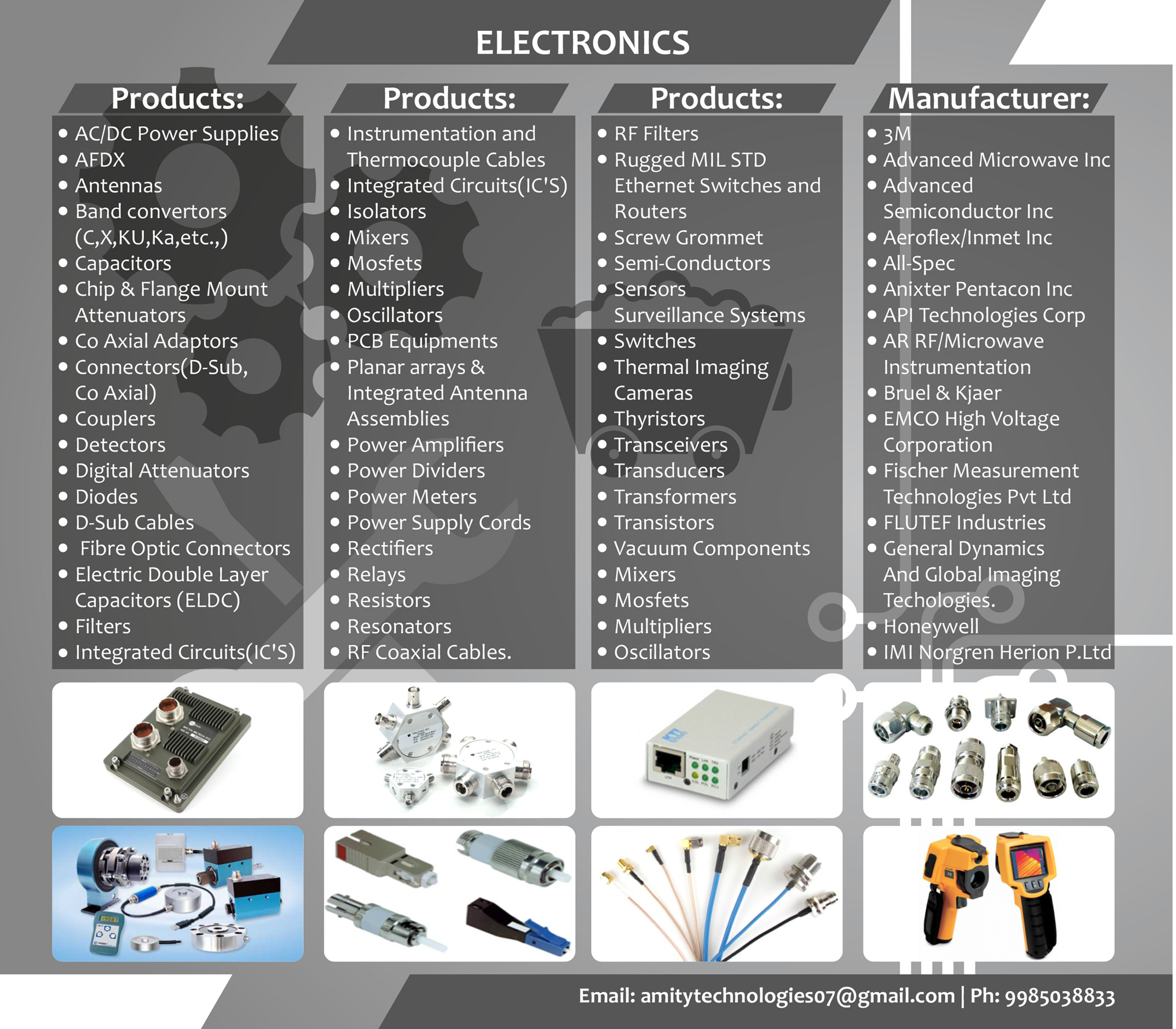In the high-stakes world of defense, where precision, reliability, and resilience are not just desirable but essential, there’s a specialized industry working behind the scenes to ensure our armed forces have the tools they need to succeed. We’re talking about rugged systems manufacturers – the unsung heroes who design and build the incredibly robust computers, displays, and electronic systems that can withstand the harshest environments on Earth.
For both the army and navy, the operational landscape is unforgiving. From the scorching deserts and freezing arctic to the tumultuous seas and the constant vibrations of military vehicles, standard commercial-grade electronics simply wouldn’t survive. This is where ruggedization comes in, and the companies specializing in this field are crucial partners for national security.
What Exactly is a Rugged System?
Imagine a computer that can be submerged in water, dropped from a significant height, pounded by vibrations, or operate flawlessly in extreme temperatures, all while maintaining peak performance. That’s a rugged system. These devices are built from the ground up to meet stringent military standards (like MIL-STD-810 for environmental engineering considerations and laboratory tests, and MIL-STD-461 for electromagnetic interference).
Rugged systems for the army and navy encompass a wide range of technologies designed to withstand harsh environmental conditions and demanding operational requirements. These systems include rugged panel PCs, servers, displays, workstations, earthnet switches, networking and communication equipment, and specialized solutions like electronic warfare systems and C4I systems. They are essential for maintaining operational effectiveness in military contexts.
Key characteristics include:
- Environmental Sealing: Protection against dust, water, and other contaminants (often IP-rated).
- Shock and Vibration Resistance: Designed to absorb impacts and constant movement without damage to internal components.
- Extreme Temperature Operation: Capable of functioning in sub-zero cold and blistering heat.
- EMI/EMC Shielding: Protection against electromagnetic interference to ensure reliable communication and operation in electrically noisy environments.
- Sunlight Readability: Displays that are clear and visible even in direct sunlight.
- Specialized Connectors: Secure, robust connectors that won’t fail under stress.
Serving the Army: Durability on the Front Lines
For the army, rugged systems are integral to almost every aspect of modern warfare and logistics. Think about:
- Command and Control (C2) Vehicles: Onboard computers for situational awareness, tactical mapping, and communication.
- Soldier-Worn Devices: Wearable computers and displays for dismounted soldiers, providing critical information and communication capabilities.
- Logistics and Maintenance: Rugged tablets and laptops used for inventory management, equipment diagnostics, and field repairs.
- Training Simulators: Durable hardware that can withstand repeated use in demanding training environments.
- UAV Ground Control Stations: Robust systems for piloting and monitoring unmanned aerial vehicles.
These systems ensure that critical data flows seamlessly, even when bouncing across rough terrain or exposed to the elements, providing soldiers with the real-time intelligence and communication they need to make informed decisions.
Serving the Navy: Resilience in the High Seas
Life at sea presents its own unique set of challenges. Saltwater corrosion, constant motion, and confined spaces demand a different kind of ruggedization. Rugged systems for the navy are found in:
- Bridge Navigation Systems: Computers and displays for charting, radar, and sonar operations.
- Combat Information Centers (CICs): Workstations for tactical data analysis, threat assessment, and weapon system control.
- Engine Room Monitoring: Systems that can withstand high temperatures and vibrations to monitor ship’s vital functions.
- Submarine Systems: Highly specialized, compact, and extremely reliable electronics for critical operations beneath the waves.
- Onboard Training and Simulation: Durable hardware for training naval personnel in a realistic environment.
For the navy, the ability of these systems to withstand corrosive salt spray, extreme humidity, and the constant pitching and rolling of a vessel is paramount to maintaining operational readiness and crew safety.
The Future of Ruggedization in Defense
As military technology continues to advance, so too does the demand for even more sophisticated and resilient rugged systems. Manufacturers are constantly innovating, focusing on:
- Miniaturization: Creating smaller, lighter, yet equally robust devices.
- Enhanced Processing Power: Integrating the latest processors and graphics capabilities for complex data analysis and AI applications.
- Improved Connectivity: Ensuring seamless communication through advanced wireless technologies.
- Modular Designs: Allowing for easier upgrades and customization to meet evolving mission requirements.
- Cybersecurity: Building in robust security features from the ground up to protect sensitive military data.
In conclusion, the work of rugged systems manufacturers for the army and navy may not always be in the spotlight, but it is undeniably critical. They are the backbone of modern military operations, providing the reliable technology that empowers our armed forces to protect our nations, no matter how challenging the environment. Their innovation and dedication ensure that when the call to action comes, our soldiers, sailors, and marines have the tools they need to get the job done.

